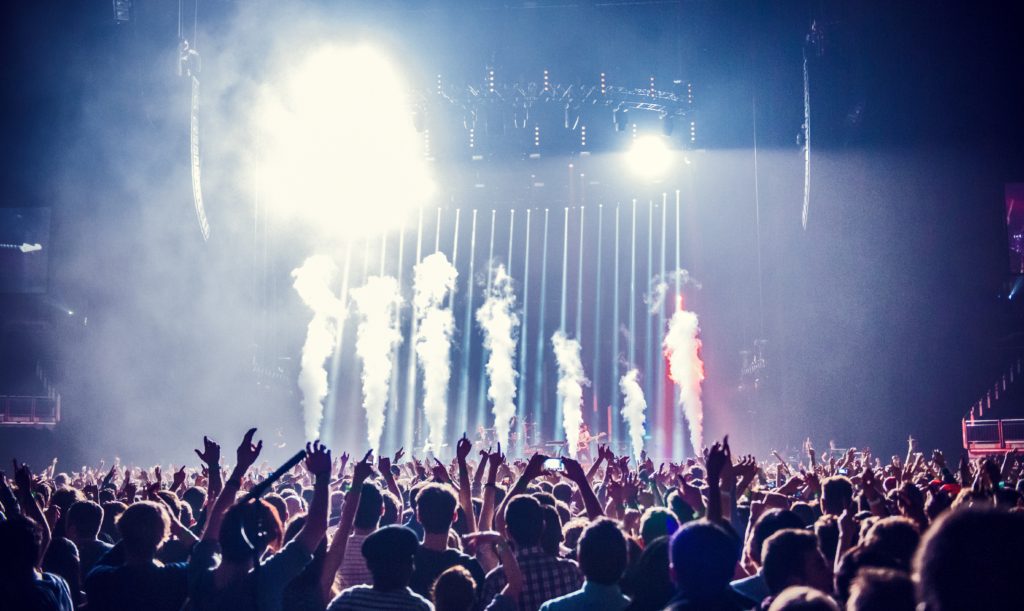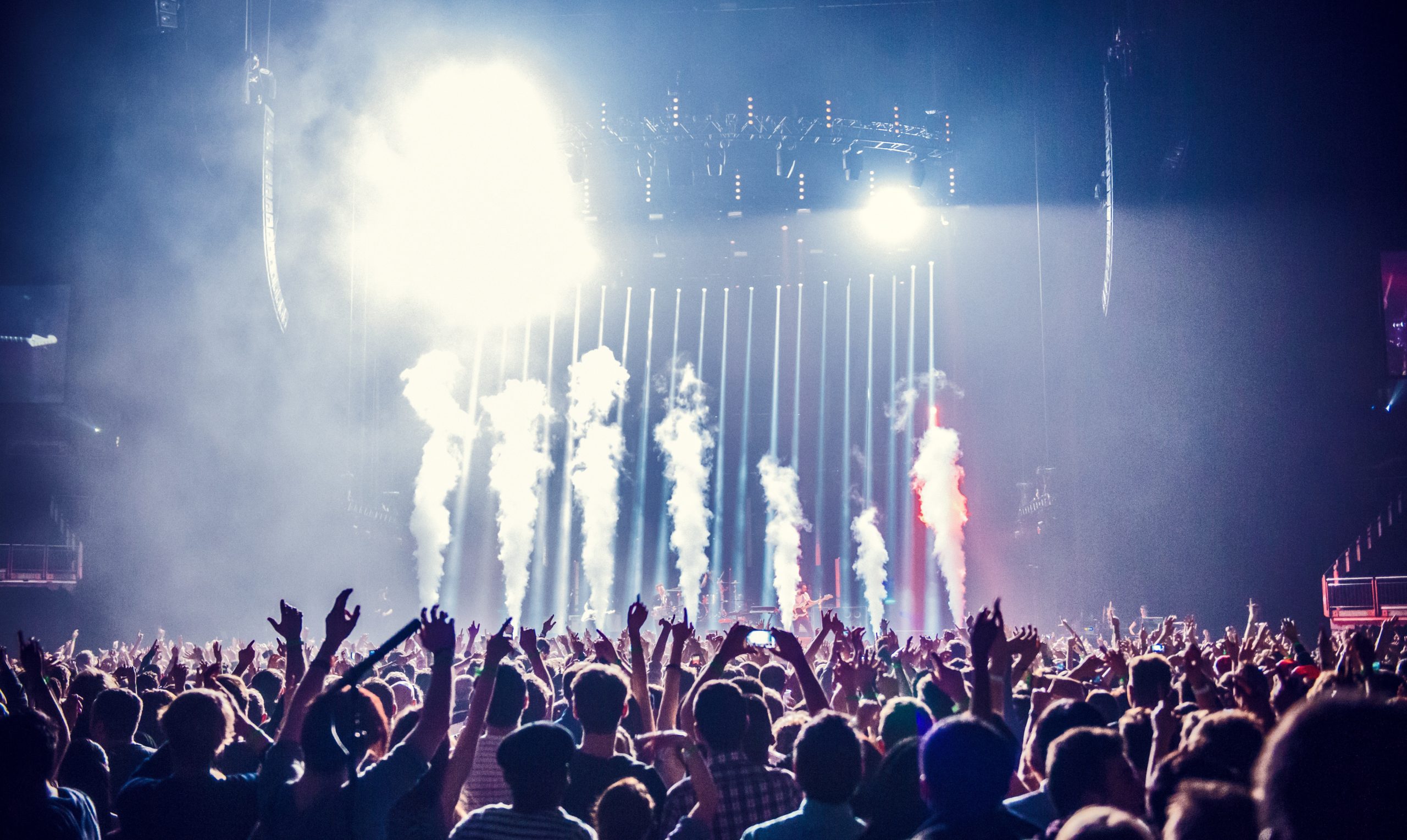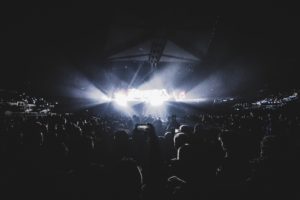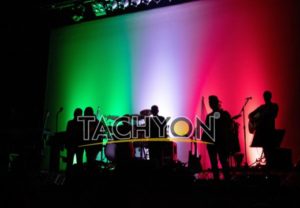Table of Contents
Brief Introduction
Using stage lighting equipment (such as lighting fixtures, slides, control systems, etc.) and technical means, with the development of the plot, use light color and its changes to display the environment and render the atmosphere, highlight the central character, and create a sense of space and time on the stage. Shape the external image of the stage performance and provide necessary lighting effects (such as wind, rain, clouds, water, lightning).
Stage lighting is an important part of the performance space. According to the development of the plot, it carries out a full range of visual environment lighting design for the characters and the required specific scenes, and purposefully reproduces the design intent to the audience’s artistic creation in a visual image. The spatial modeling of characters and plots should be considered comprehensively and systematically, the rules of modeling should be strictly followed, and methods should be used.
Key Points of Stage lighting
Shaping the character and creative description
A), contour backlight
- B) Psychological description-dialogue, monologue, memories, hope, fantasy
- C) Creative description-concrete, abstract, realistic, non-realistic
Stage space-time environment
- A) The performance of the space environment–
- B) Performance of time environment–
- C) The performance of the seasonal environment–
- D) Performance of other environments–


Grasp the relationship between stage atmosphere
- A) Brightness relationship-the formulation of brightness / perspective / the bright one takes the front, the dark one retreats / light and dark contrast control / high-key-emphasize the key point / low-key-the effect is significant
- B) Color relationship-reality / decoration / saturation / color temperature / primary color contrast-color contrast
- C) Space-time relationship-time color change/light zone space change/perspective/distance
- D) Observation relationship-emotional communication/psychological resonance
- E) Formal relationship-natural/exaggerated/abstract
- F) Aesthetic relationship-creation with performance and aesthetic standards and / performance effect / quality
- G) Subjective and objective relationship-conception of subjective performance plot; objective reproduction of the space composition of performance lights
- H) Primary and secondary relationship-key and non-key people, the effect of people and scenery-people and scenery; emphasizing key points-weakening non-key points, local fulcrum-overall performance area
- I) Situational relationship-the same scene can produce the light effects of different lights, so that there is emotion in the scene; there is scene in the emotion
- J) Creative vocabulary relationship-independent creativity; closely related to the plot; lighting composition effects of continuous pictures

Technical support and implementation
- A) Visual characteristics-phototaxis/adaptability/fatigue
- B) Appropriate brightness-theater and auditorium size/appreciation distance/content scene requirements/projection distance/projection area/power/light efficiency utilization
- C) Combination of light fixtures–utilization of lamp performance/multi-lamp arrangement/sharing of lamp combination/fixed-point light/single lamp special lamp/application of effect equipment
- D) Lighting effect-projection angle-projection direction / light zone combination connection / concealed way of lamps and lanterns-exposure way
- E) Control and operation-dimming-change the voltage / time and space conversion / change timing-lines-body shape-tune-sound effects / programming, operation, management.
The Development Process of Stage Lighting
Early dramas had a history of open-air or semi-open-air performances, all using daylight as a light source. But as performance venues moved indoors or performed at night, stage lighting began to appear. According to written records, after 1102, Bianliang in the Northern Song Dynasty of China performed “Hundred Operas” every Lantern Festival. Zhang Yu, internal combustion rafters, this is the beginning of Chinese artificial light sources. In Europe in the 16th century, if performances were performed outdoors at night, resin-impregnated ropes were used to make camp lights as light sources. Between the 15th and 16th centuries, Italian decorators conducted experiments on color lighting.
At the beginning of the 17th century, Italians did various experiments to control the sudden dimming of lights in performances. In French classicism performances, there have also been attempts to express the changes in day and night time. Since the 18th century, it has become a common practice to turn off the audience lights and leave only the stage lights during performances. When the opera “Jeo” was performed in the Dresden Theater in 1755, as many as 8,000 candles were lit on the stage.
Since the 19th century, light sources have changed rapidly. In 1808, the Lyceum Theatre in London first used gas lamps. Because the gas lamp can be uniformly controlled by pipelines and can have brightness changes, it can be promoted. British H. Drummont invented the lime lamp, which can produce light colors similar to daylight or moonlight on the stage. In 1870, Britain used a lime lamp as a follow-up light, and then painted on the glass cover of the lime lamp to obtain a color light effect. In 1846, the Paris Opera House used arc light source for the first time, and then used arc light to produce colored silk filters and created a stage image with 5 continuous light changes to express the whole process from sunset to sunrise.
At the beginning of the 20th century, after the advent of the tungsten filament bulb, it provided the stage with a concentrated spotlight, and provided favorable conditions for the performance of the stage space and the creation of the stage atmosphere. The invention of the dimmer, the unified management of the lighting system and the use of color filters have enhanced the expressive power of stage lighting. In 1920, the Italian M. Fortuni designed a soft light reflection system, using the arc light source reflected from the silk fabric to mimic the light color of nature to express the illusion of the sky.
At the beginning of the 20th century, Swiss stage artist A. Appia and British director and stage artist Gordon Gray successively put forward the theory of lighting art modeling, requiring lighting to express a sense of visual sculpture, music, and movement and rhythm in the stage space. . Practice has proved that it has opened up a broad world for lighting art. In modernist performances, both futuristic and expressionist performances attach great importance to the role of stage lighting.
For example, the use of flashing lights to create a turbulent stage atmosphere; the use of cut light instead of closing the curtain to create montage scenes on the stage, etc. In the 1920s, the German director E. Piscato first used film techniques on stage. In the mid-1950s, Czechoslovakian stage artist J. Svoboda created multi-screen, multi-level and multi-angle projection technology and different lighting shaping technologies, which enriched the modeling language of stage lighting and promoted the further development of lighting art development.
After the Song Dynasty in China, artificial lighting has been used on the stage. There are written records in Zhang Dai’s “Tao An Dream Recollection” in the Qing Dynasty. The colored lights also began in the Song Dynasty. Liu Huiji used lighting changes when performing “Tang Ming Emperor’s Tour to the Moon Palace”. In the late Qing Dynasty, both the palace and the folks performed “Leng Cai Opera”.
On the birthday of Cixi in the tenth year of Guangxu (1884), 448 candles were used in one performance, and the folk performance “The Cowherd and the Weaver Girl” also used many magpie lamps. After the Revolution of 1911, Chinese theaters generally used steam or electric lights for lighting. From 1933 in Shanghai staged “Roar, China!” “Since then, stage concentrating and projection systems have been established on the Chinese stage. After 1954, a number of theaters conforming to international standards have been built, China’s own stage lighting series have been introduced and established, and China’s unique slide show art has been developed.
The function of stage lighting
Features:
① Make the stage picture clearer: enable the audience to see clearly or some corners of the stage are not visible to the audience (presentity).
②Strengthen the effect of stage performance: meet the needs of the plot, make the background appear natural, set off, suggest and induce the development of the plot, and adjust the atmosphere (actors, audience).
Principles of using stage lighting:
①Intensity (referring to the brightness of the light): There must be enough light so that the audience can see the color, appearance and details.
②Distribution: Including the distribution of light usage and the direction of shooting to the stage, the main body must be obviously different from the supporting role and the background (color) and brightness can be distinguished.
③Color: Relying on colored paper, computer toning and other methods to meet the needs of the plot.
④Change: Change the color, brightness and movement of the light according to the needs of the plot. In the specific use of stage lighting, before reducing a certain light source, preparations should be made to enhance the next light source, except for the special needs of the plot. Avoid black sounds, so as not to affect the work of the cast and crew.
The role of stage lighting
The role of stage lighting in modern stage performances:
①Lighting performance, so that the audience can see the performance of the actors and the image of the scenery clearly,
②Guide the audience’s sight,
③Shaping the image of characters, emphasizing emotions and showing stage illusions,
④Create the space environment needed in the play,
⑤To render the atmosphere in the play,
⑥ Show the transformation of time and space, highlight the conflicts of drama and strengthen the rhythm of the stage, enrich the artistic appeal, and sometimes cooperate with the stage special effects.
The stage lighting of the modern stage play “Dawei House” built by Shenzhen Meiya Culture Media has greater plasticity and controllability in the intensity, color, distribution of the lighting area, and the movement of the light during the performance. The artistic effect of stage lighting is shown as the performance progresses and the stage atmosphere changes constantly.
